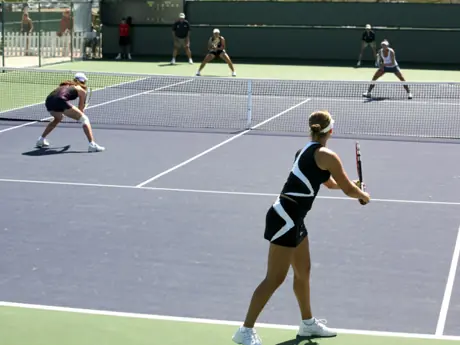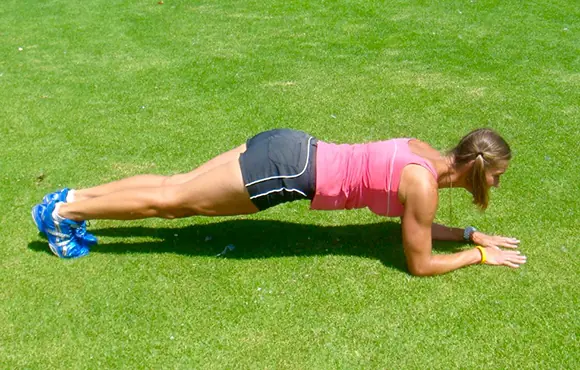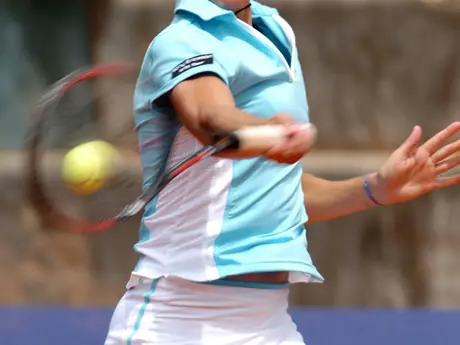When to Use
The traditional closed-stance, or square-stance, groundstroke is most effective when a player gets a short ball and is moving forward on the offense. Use of the closed stance enables the player to flatten out an offensive stroke, gain forward momentum, and decrease the opponent's recovery time. These benefits are particularly important when coming to the net. When players transition to net using a traditional closed-stance groundstroke, their center of gravity is moving into the court. This gets them closer to the net for the first volley.
On the other hand, open- and semi-open stance groundstrokes are more often used in neutral and defensive situations. Because of the prevalence of Western forehands and two-handed backhands, the primary contact point for many players is just to the side of the body. This later contact point aids in preparation time and helps disguise a player's intentions, making an open stance very appealing. Plus, with this type of stance, it takes less time for the player to decelerate, set up, and recover for the next shot than with a traditional closed stance, making it more effective for court coverage.
More: How to Reduce Unforced Errors
 Search for your next tennis event.
Search for your next tennis event.
- 2
- of
- 2








Discuss This Article